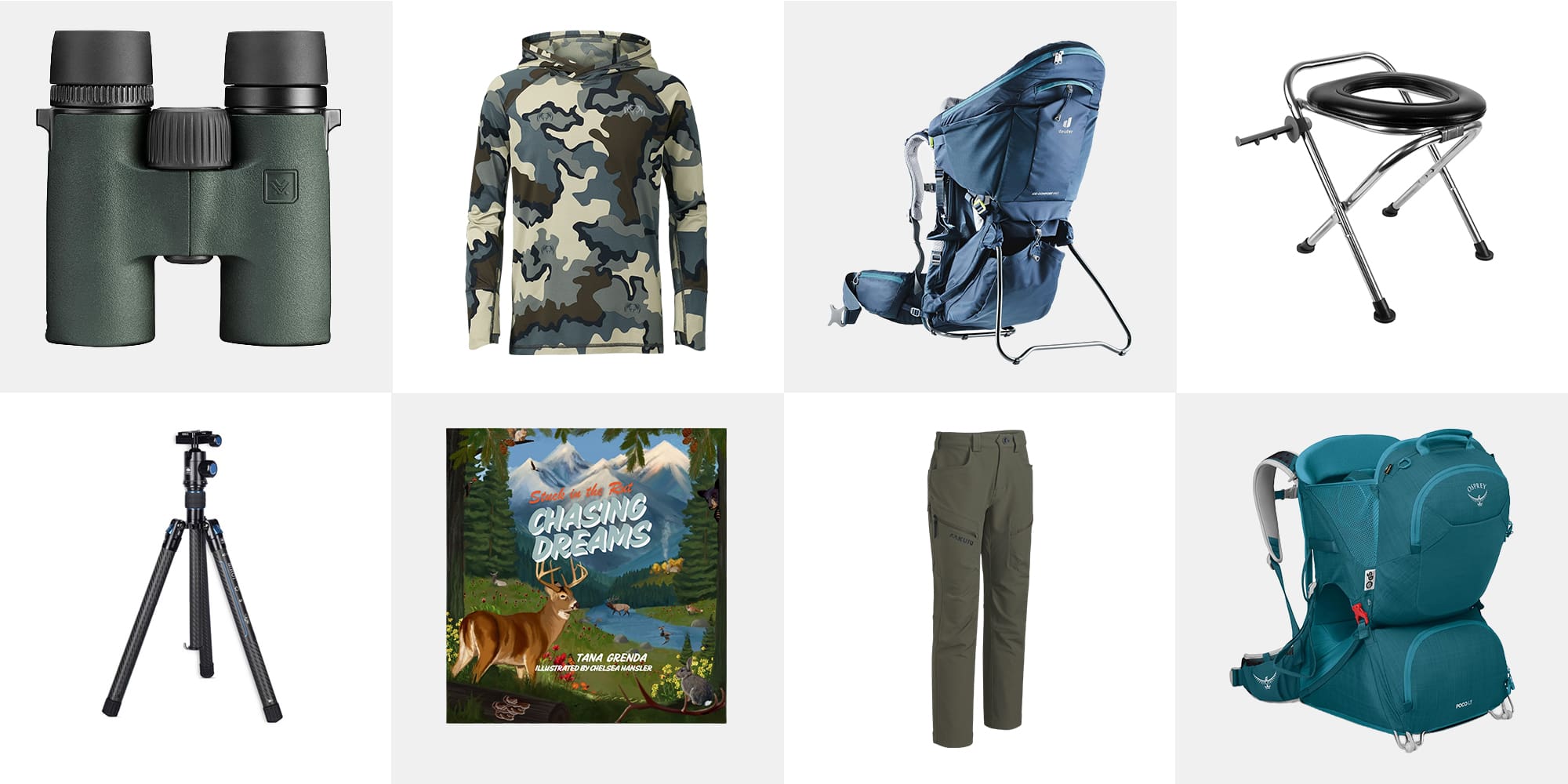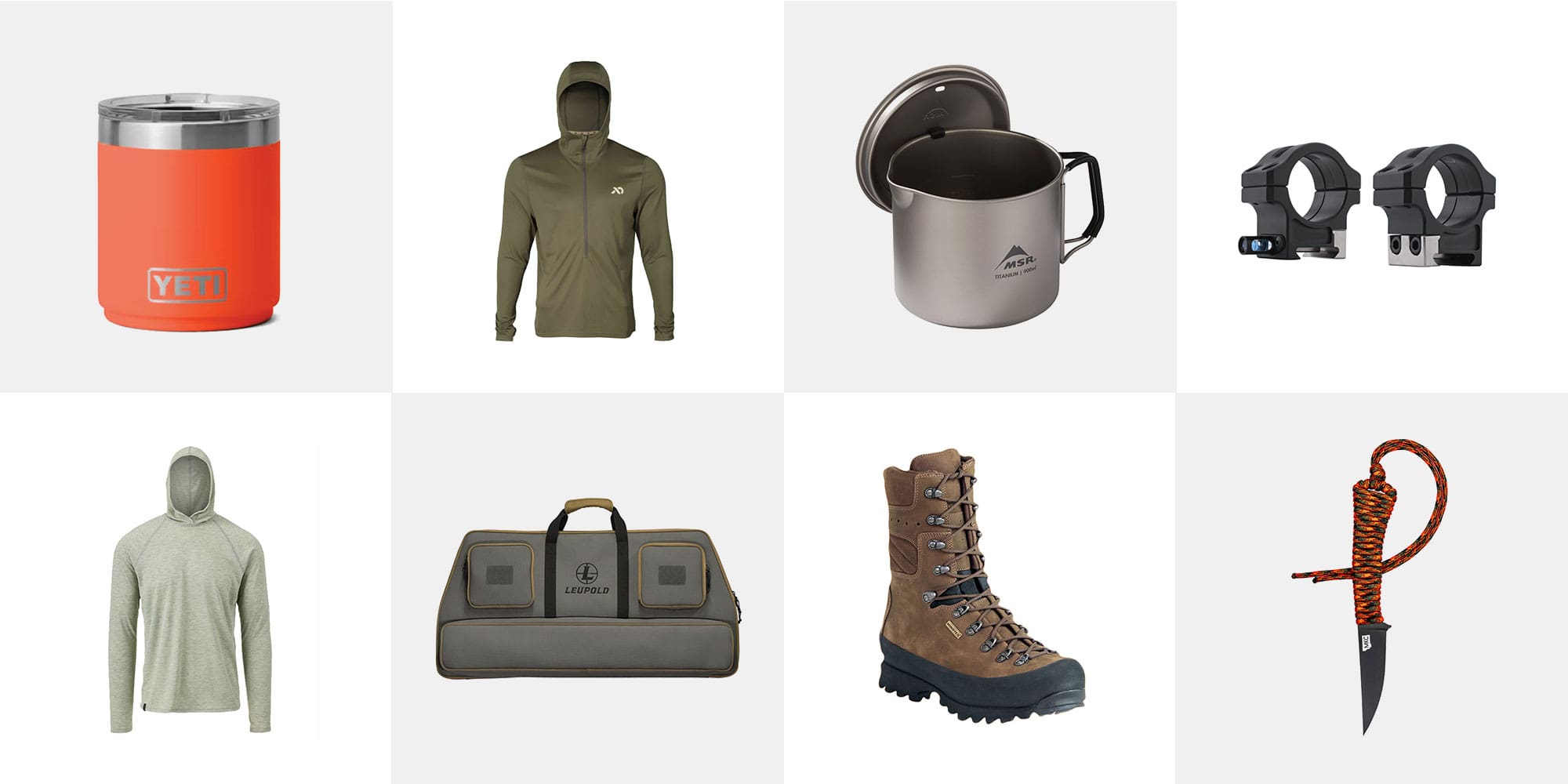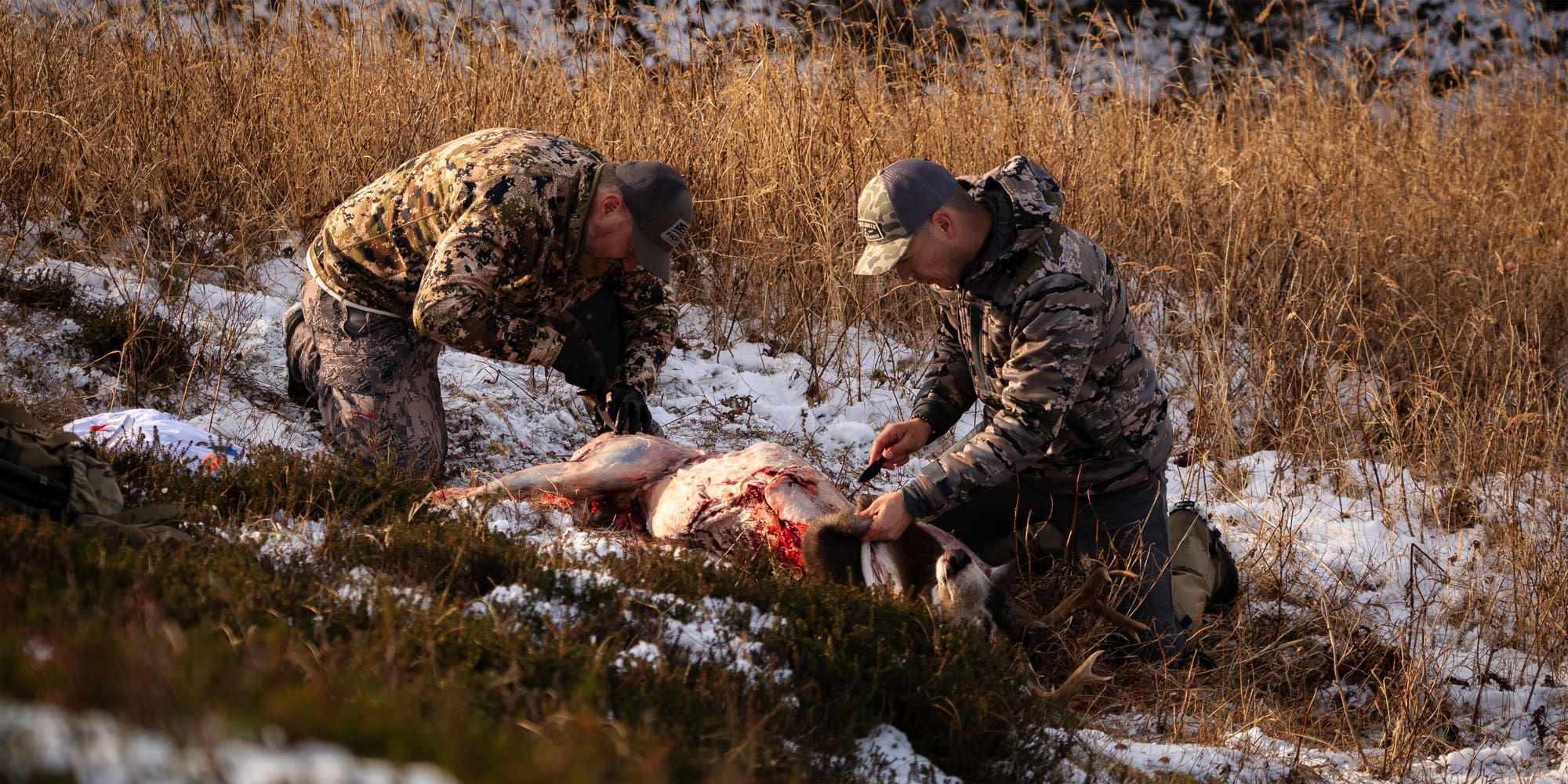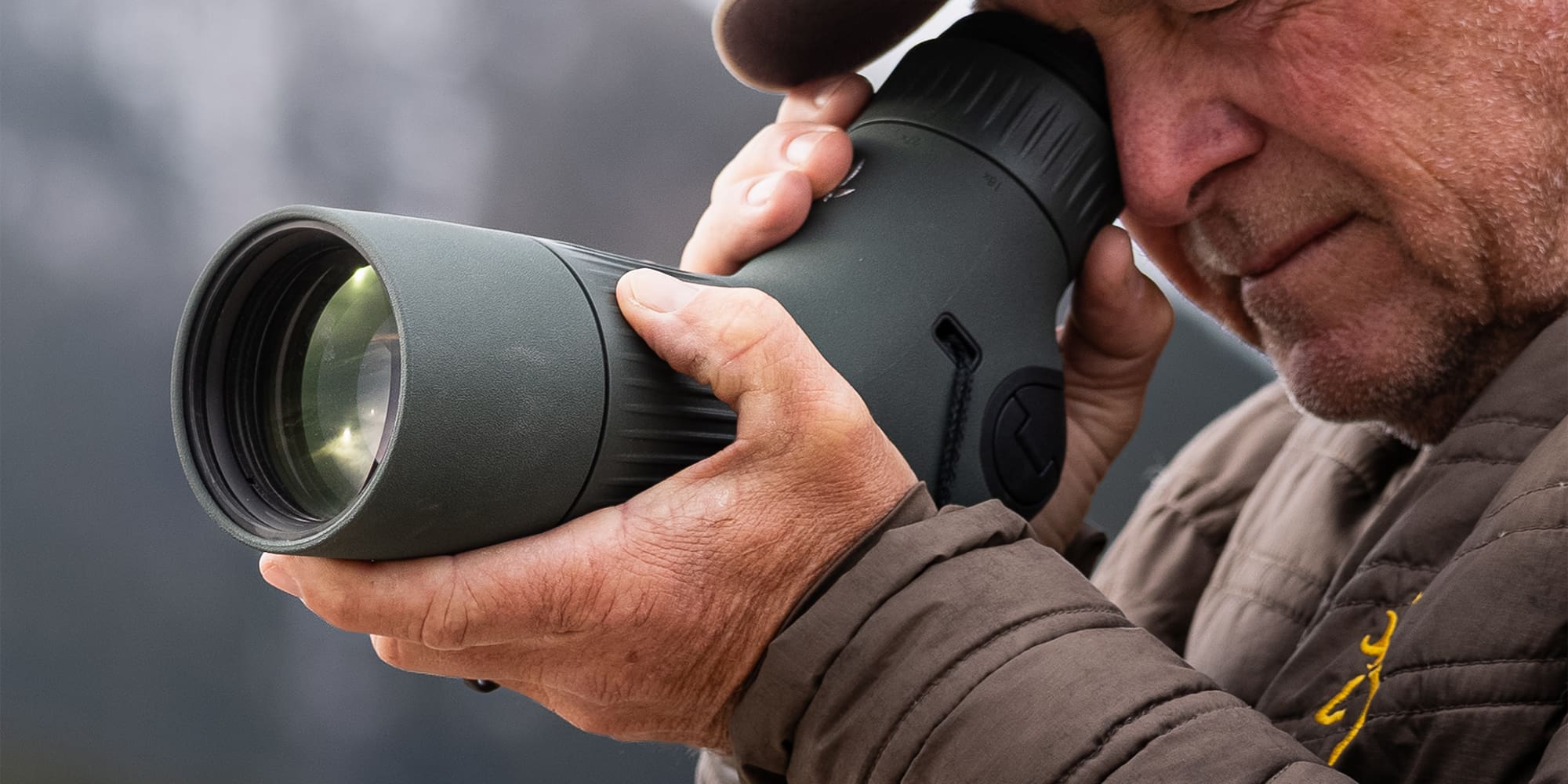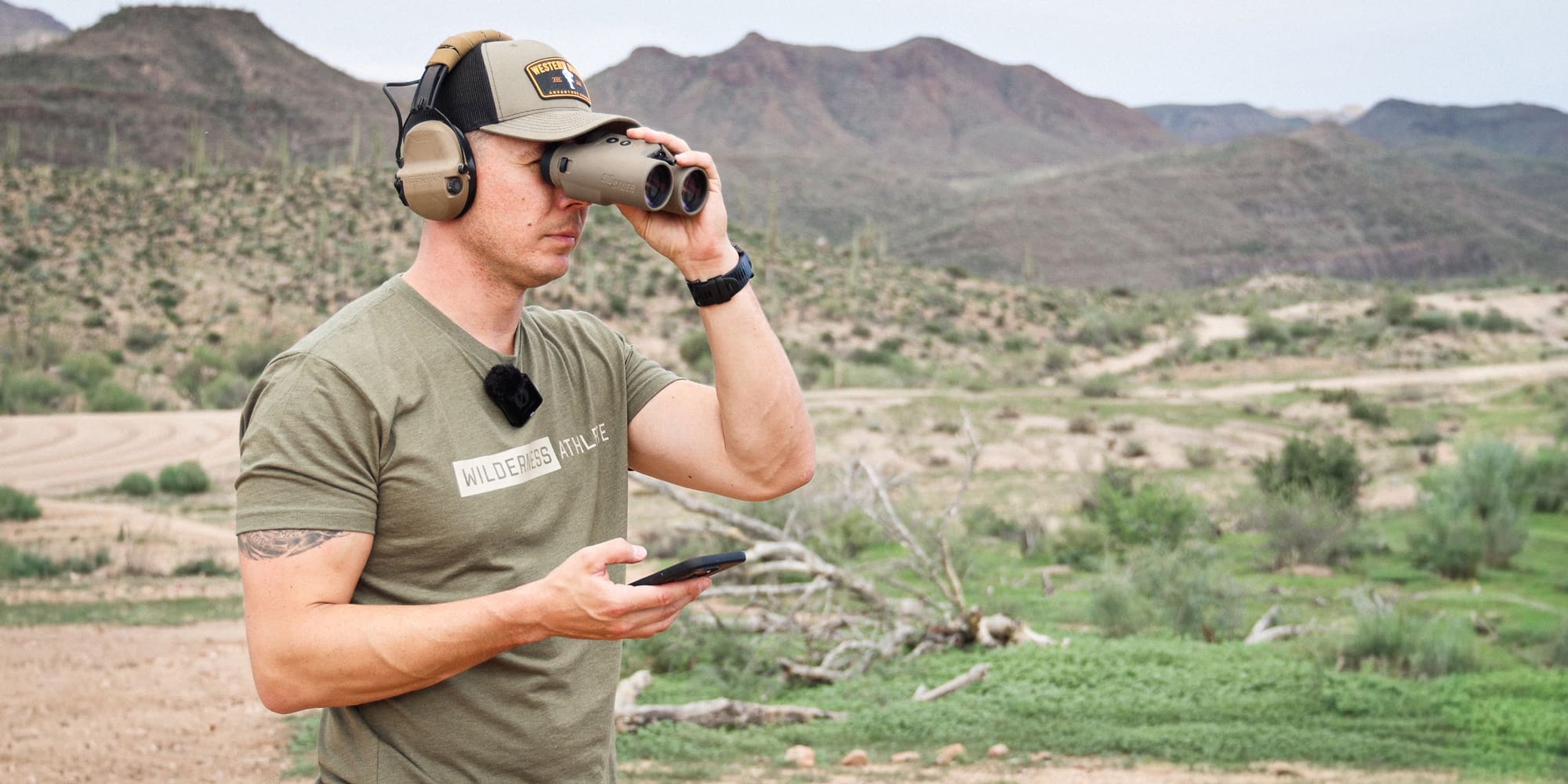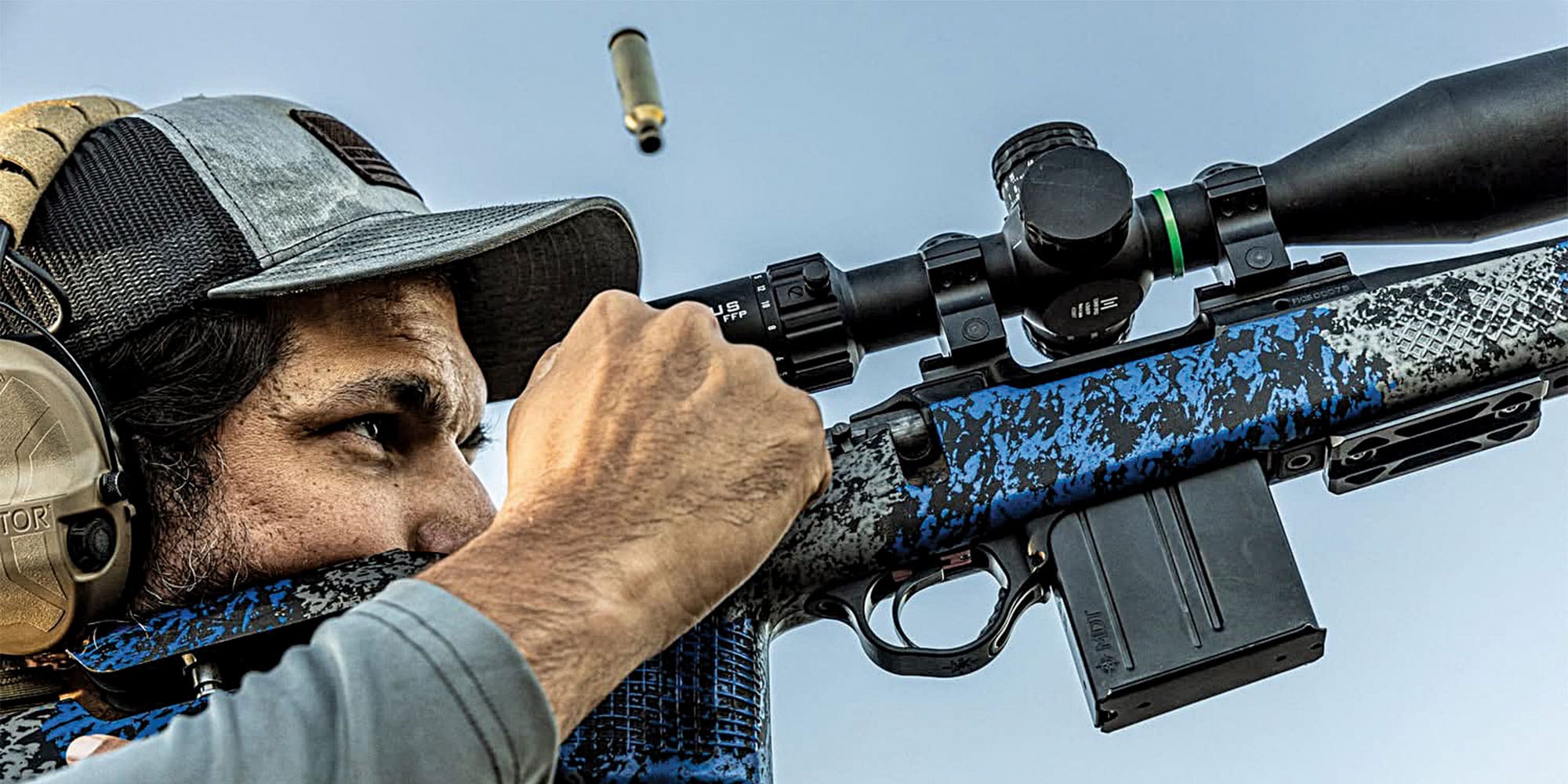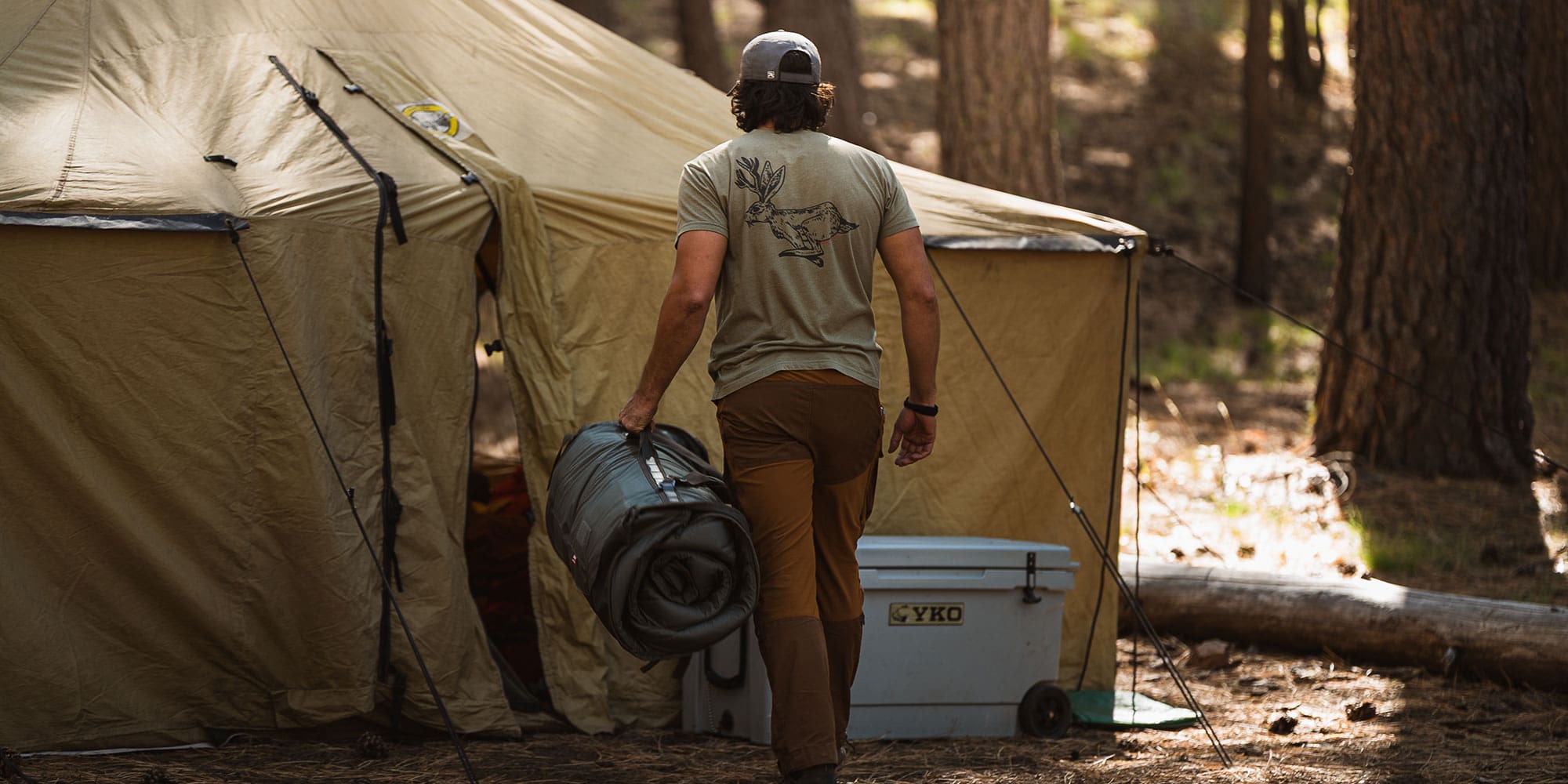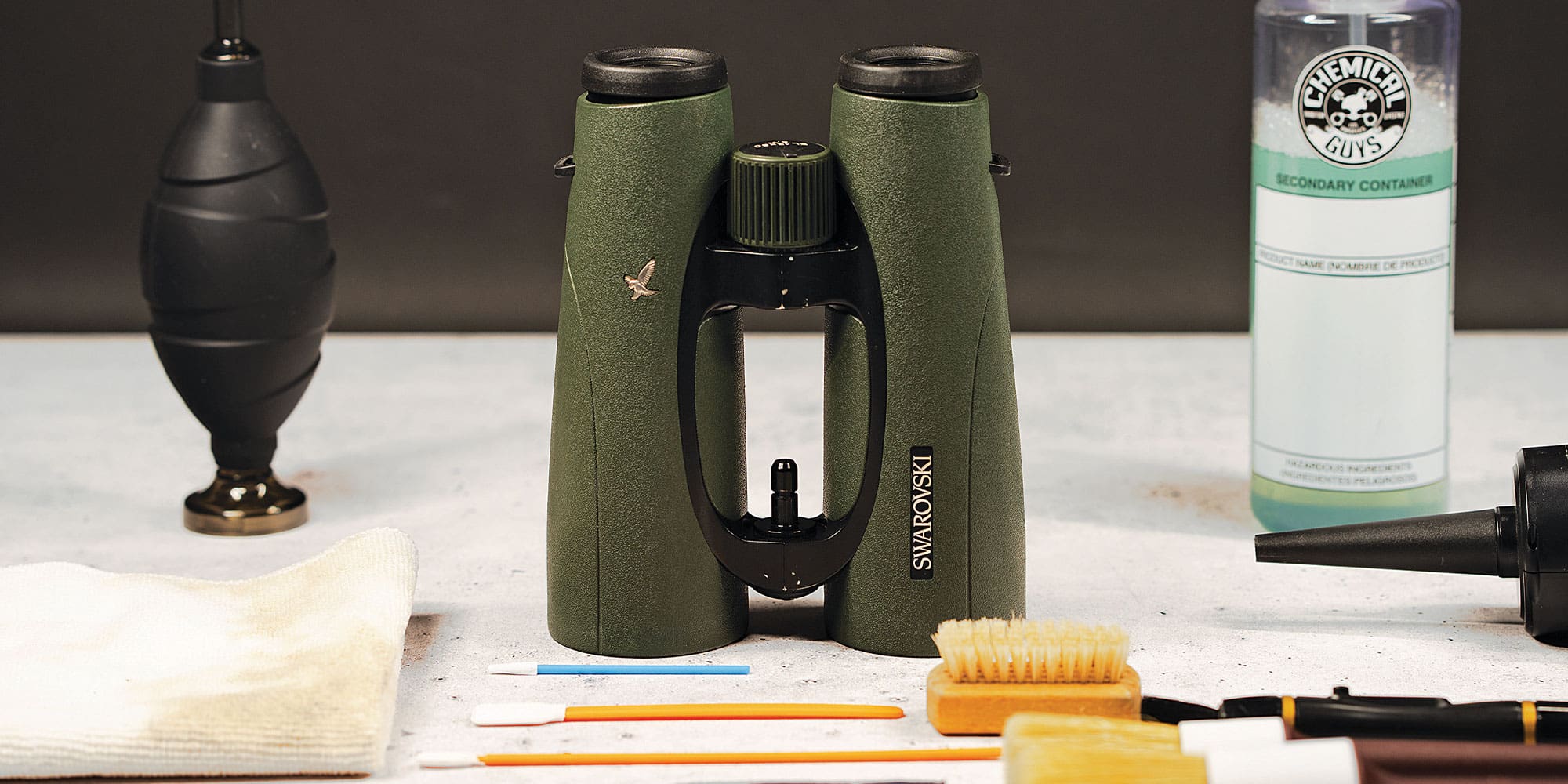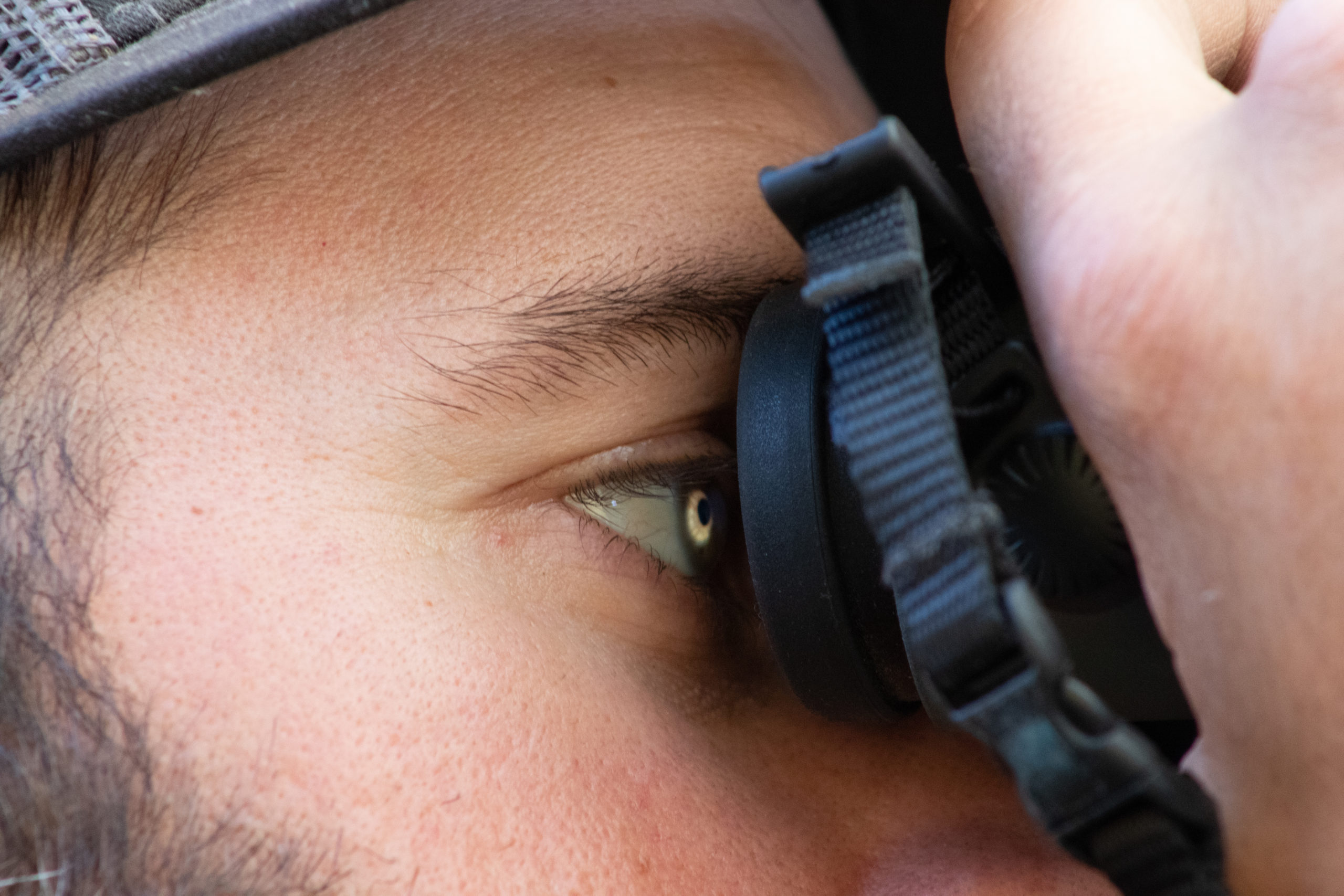
NOTICE: Certain links on this post may earn a commission for Western Hunter Magazine from Amazon or our other affiliate partners when you make a purchase. Thank you for your support.
Optics Terms Explained
From the time light strikes the objective lens of the binocular until the time it emerges from the ocular lens, it goes through an intense array of bends, reflections, splits, and re-convenes in a compressed state. How well each of the man-made components handles this task contributes to the quality of the image we see as hunters. Man’s fascination with being able to see farther has driven the science behind the technology so intensely that there are no corners left to cut and no cheap gains; building a quality binocular requires meticulous attention to detail at every step. Here are some of the terms that we’ll frequently use during this series of product reviews, what they mean, and why they’re important to hunters. This is a list of the most commonly used terms in reference to hunting optics.
Objective Lens
This is the large lens in the front of the binocular. It is measured in millimeters and is the second number in the numerical description of a binocular. For example, a 10x42 will have an objective lens of 42mm. The diameter determines the volume of light that initially enters the binocular.
Ocular lens
This is the small but complex lens closest to the eye.
Lens Coatings
All uncoated glass naturally reflects up to 10% light; in fact, it reflects light on the front and the back surfaces, creating some real problems. First of all, any light that is reflected is obviously not transmitted, so the image appears dimmer than it should. The darker it becomes, the less detail we can perceive. Also, when light is reflected inside the binocular, it gets bounced around, which further degrades the quality of the image. A thin chemical coating of select materials can minimize the light reflection and consequently control the light for a brighter and sharper image. Quality lens coatings are expensive to apply, but their importance cannot be underrated. The difference in price and performance between $150 10x42s and $2500 10x42s can be in large part attributed to the quality of the lens coatings.
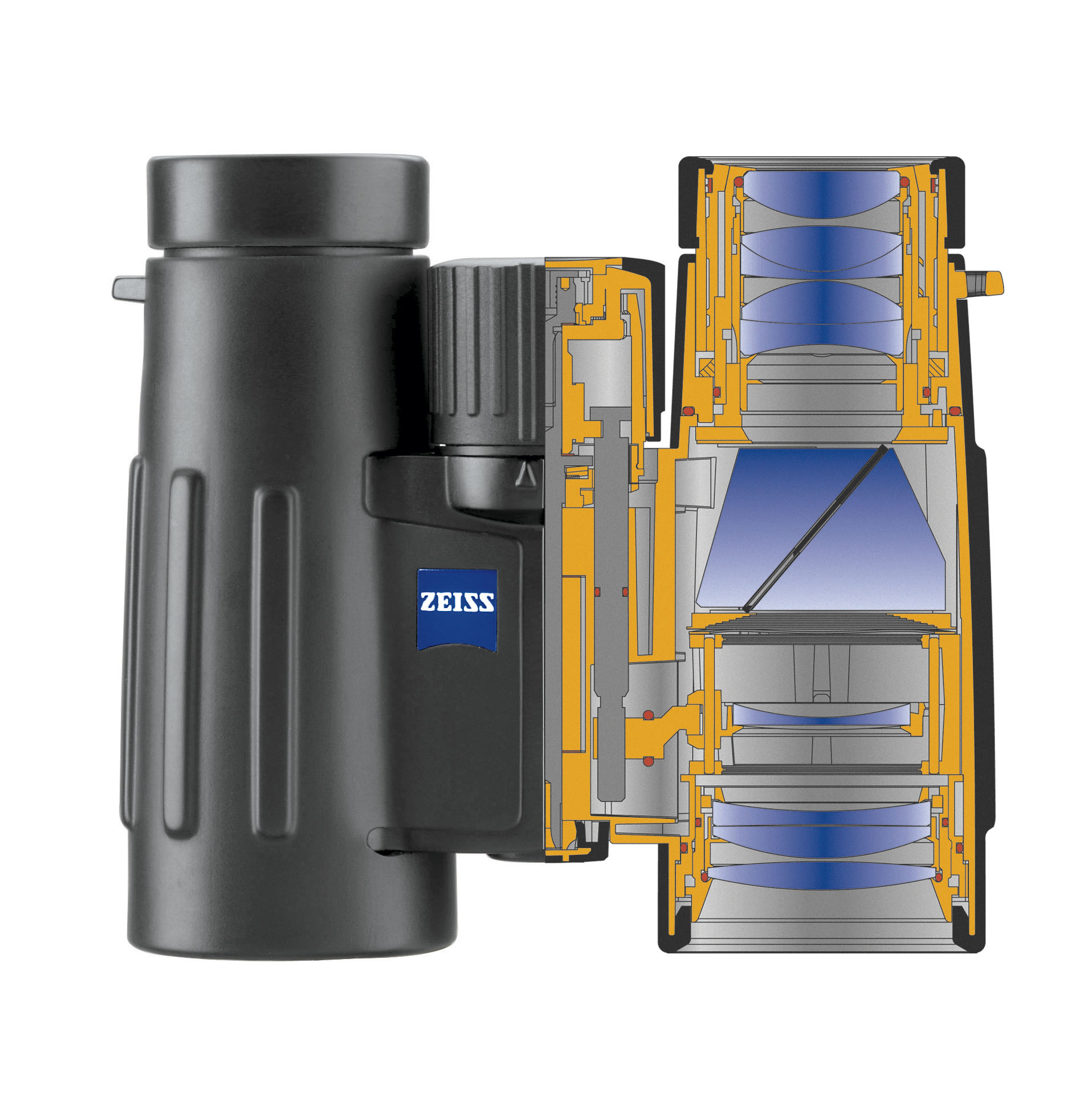
Power
What seems like a simple definition is one of the most often misunderstood qualities of a binocular. The most accurate way to describe power is by how much closer an object appears. For example, a deer standing at 500 yards viewed with a 10x binocular would appear to be standing at 50 yards (or 10 times closer). With an 8x, it would be 62.5 yards, and with a 15x, the deer would appear to be 33.3 yards away. Power is always the first number in the numerical description of the binocular; hence a 10x50 is 10 power.
Exit Pupil
The exit pupil is the shaft of light that exits the ocular lens of the binocular and enters the eye. As light enters a binocular, it is compressed, and the extent of that compression is equal to the magnification. In the case of a 10x42mm, the shaft of light entering the binocular through the objective lens is 42mm and it is magnified or compressed by a factor of 10; this results in an exit pupil of 4.2mm (42mm/10x). A 10x50 would deliver a 5mm exit pupil, and a 10x25 would of course offer a 2.5mm shaft of light.
The pupil of the human eye dilates and constricts based on the availability of light. The brighter it is, the smaller the pupil gets (down to 2mm) and the darker it gets, the more it expands (up to 5-7mm depending on age). Keep in mind, the vast majority of the day your pupils will be constricted to less than 4mm, meaning a maximum of 4mm of light can enter the eye. So during this time, an equivalent 10x50 does not offer an advantage over a 10x42, but as the daylight fades and the pupil dilates past 4.2mm, the greater volume of light delivered by the 10x50 will become more apparent.
Field of View (FOV)
This is the numerical quantification of the amount of landscape that can be viewed in feet from a distance of 1000’. I prefer a binocular with a wider field of view when I’m glassing from a tripod, because I can effectively use that FOV. But if I’m hand-holding the binocular, I can only realistically use the middle of the FOV, so it’s much less critical. A wide-angle design can also diminish the depth of field in the image, so it should be balanced with your intended purpose for the binocular.
Twilight Factor
We’ve already established that the larger the exit pupil is, the brighter the image will appear when the pupil dilation is equal to or greater than the exit pupil of the optic. Twilight factor takes into account the power of the binocular in conjunction with the exit pupil. Imagine you’re standing in a dark room looking for the light switch. The closer you get to the switch, the easier it is to see. So even though magnification can reduce the brightness of the image, you may be able to see greater detail because you are in essence standing closer to the object. To calculate twilight factor, you take the square root of the power multiplied by the objective lens diameter.
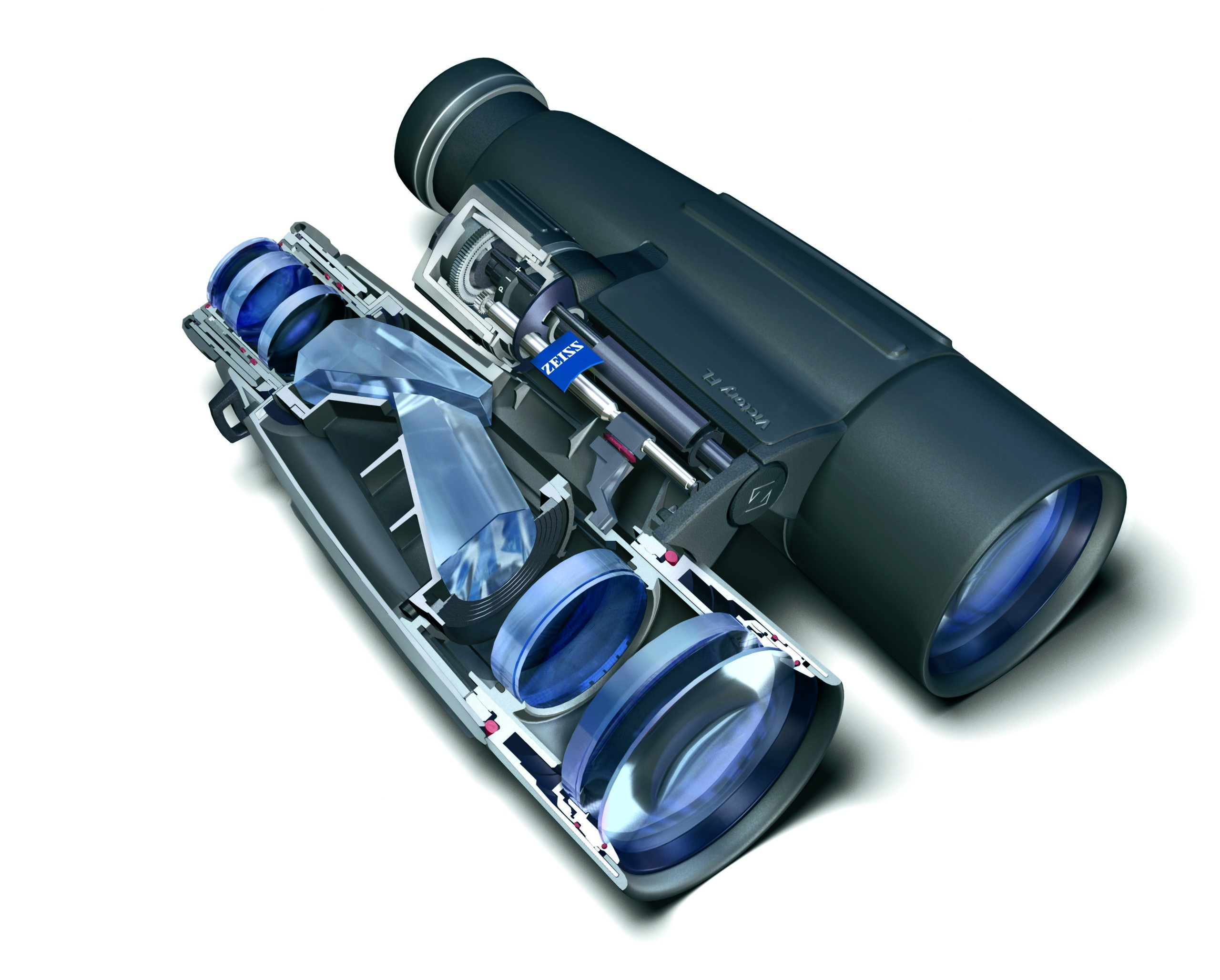
Resolution
In its most basic definition, resolution is the ability to distinguish between two lines. As hunters, this is what we would call “clarity” or “sharpness”. Strong resolution is the end product of quality components and quality manufacturing practices. When you pay top dollar for binoculars, this is what you are paying for. When the nurse in elementary school made you read the letter on the eye chart, she was essentially conducting a resolution test of your vision.
Light Transmission
Some amount of light is lost (reflected) at every air to lens interface and on the mirror surfaces of the prisms within the binocular. The very best lens and lens coating combinations can deliver 99.9% transmission, but as much as 4% can be lost on each surface of a prism. Also, we must keep in mind that some light, such as UV and IR, cannot be seen by the human eye. So, if this portion of light is included in a light transmission claim, it can be misleading. Unfortunately, there is no accepted industry standard for testing total light transmission, so comparing one company’s claim to another is all but impossible.
Diopter Adjustment
This is nothing new to those of you who require vision correction, but there can be a significant difference between the way our own two eyes view an object. When significant, this problem is corrected by the optometrist by prescribing lenses with different levels of correction. But when we look through a 10x binocular, this same difference is 10 times worse, so it can become an issue to non-eyeglass users as well. So optics manufacturers offer what is called a diopter adjustment on central focus binoculars that allows you to independently focus one side of the binocular in order to balance the two images. This adjustment may be on the collar of the binocular right below the lens cup (usually on the right side) or maybe near the central focus wheel.
Chromatic Aberration
Due to the wave nature of light, the different color bands are refracted to different degrees as they pass through a lens. Prisms (and rainbows) are the most dramatic example of how light can be separated into its different components. As an image moves through the multiple prisms and lenses of a binocular or spotting scope, without corrective measures this separation can create “flaring” on the edges of the subject, degrading the image quality. With increased magnification, as in the case of spotting scopes, this problem is most apparent. Chromatic aberrations can be minimized with multiple lens systems and/or special lens coatings. Every company has a proprietary name for their solution such as HD, APO, ED, XD, etc…In the last few years, the high-performance companies began incorporating these solutions into their binoculars in an attempt to pry out the last bit of resolution and truer color rendition.



